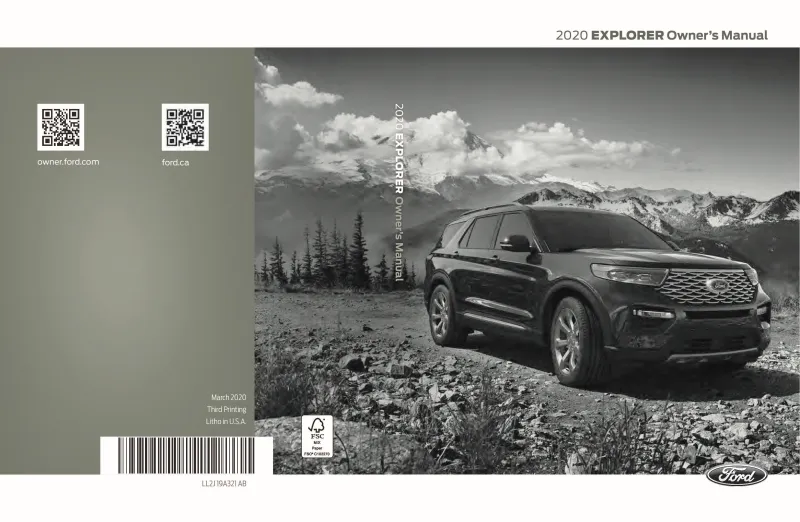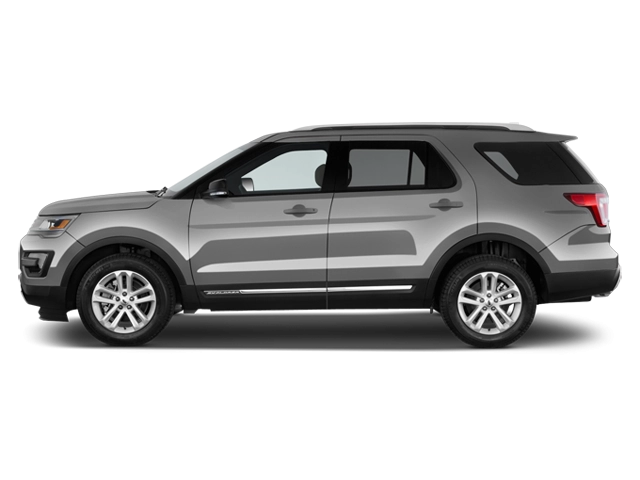2020 Ford Explorer Owner's Manual

Table of Contents
2020 Ford Explorer Overview
Introduction
The 2020 Ford Explorer marks a bold evolution in the iconic SUV's legacy, seamlessly blending rugged capability with modern sophistication. Designed to cater to families and adventure-seekers alike, the Explorer boasts a refined exterior, spacious interior, and advanced technology, making it an ideal choice for those who refuse to compromise on performance and comfort.
Powertrains
The 2020 Explorer is powered by a trio of impressive engine options to suit various driving needs. The base model features a robust 2.3-liter EcoBoost four-cylinder engine that produces 300 horsepower, delivering a perfect balance of efficiency and power. For those seeking enhanced performance, a 3.0-liter EcoBoost V6 engine generating 365 horsepower is available, ensuring a thrilling driving experience. Additionally, an efficient hybrid model combines a 3.3-liter V6 engine with an electric motor for those who prioritize fuel economy without sacrificing capability.
Trims
The vehicle is offered in several trims, including the base XLT, sporty ST, and luxurious Platinum. Each trim features its unique emphasis, with the ST focused on performance enhancements and the Platinum offering premium materials and advanced features. This diverse lineup ensures there's an Explorer suited to every lifestyle and preference.
Features
Standard and available features on the 2020 Explorer include Ford’s advanced Co-Pilot360 suite of safety technologies, a customizable 12.3-inch digital instrument cluster, and a large touchscreen infotainment system equipped with Ford's latest SYNC technology. Comfort is prioritized with available features such as heated and ventilated seats, multi-zone climate control, and a premium sound system, enhancing every journey.
Owner’s Manual
The 2020 Ford Explorer owner’s manual is an indispensable guide for new owners, providing essential information on vehicle operation, maintenance, and safety protocols. It is a comprehensive resource designed to help drivers maximize their ownership experience, ensuring they can fully enjoy the SUV’s capabilities while maintaining optimal performance.
User manual download
The Ford Explorer owner manual for the 2020 model year is to be found in PDF downloadable format on this page. The owner manual for the model year 2020 is free and in English, but the repair manuals are usually not easy to get and may cost more.
Manual Questions
Fill the form below and someone will help you!

